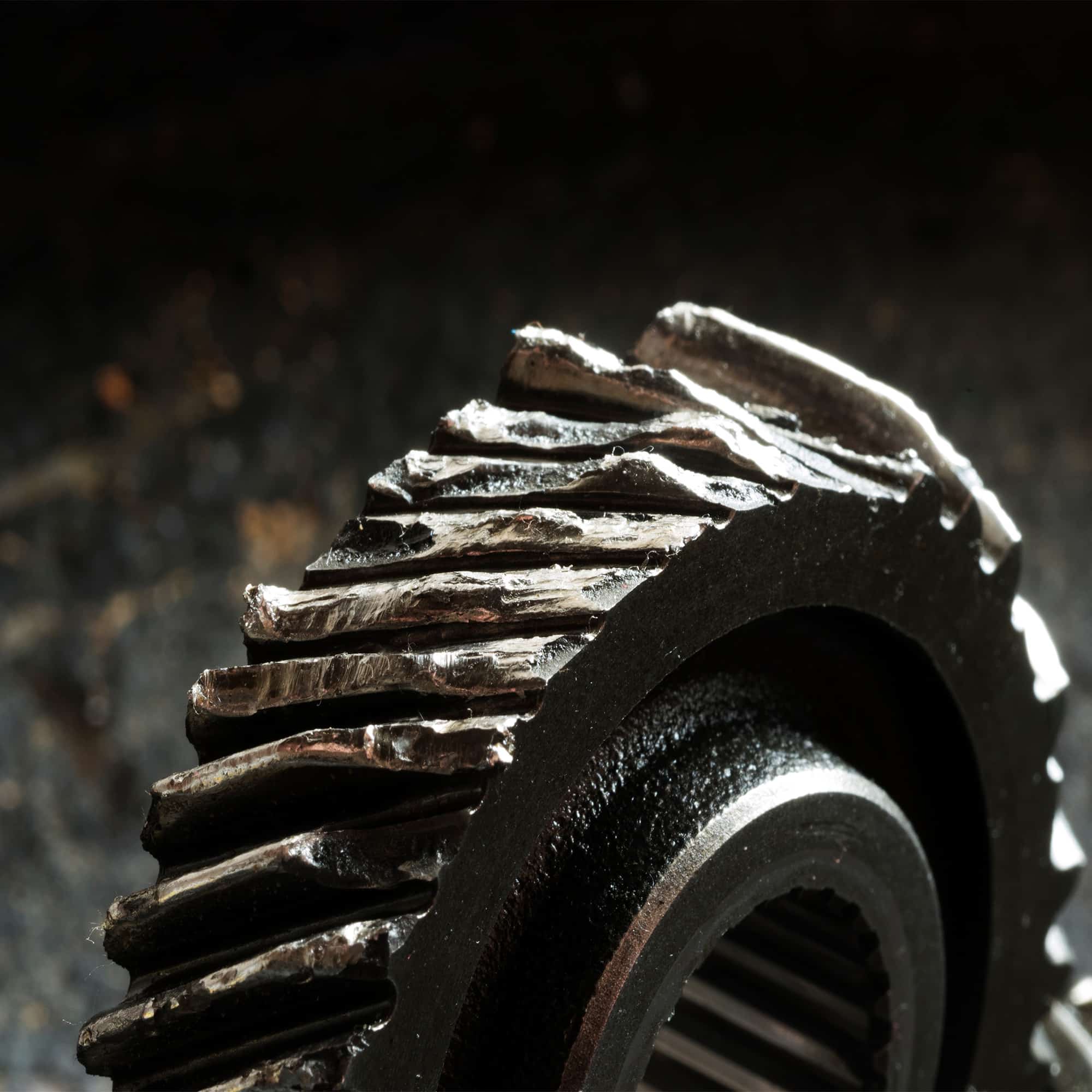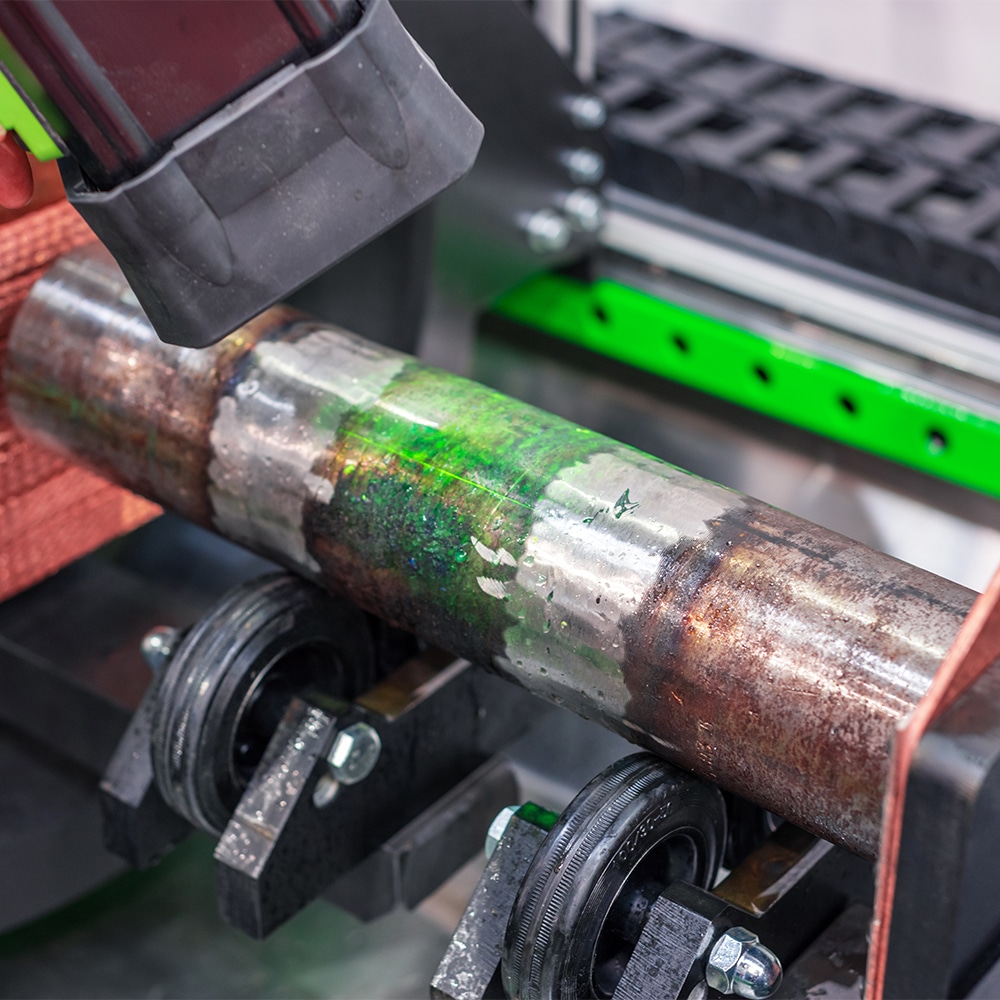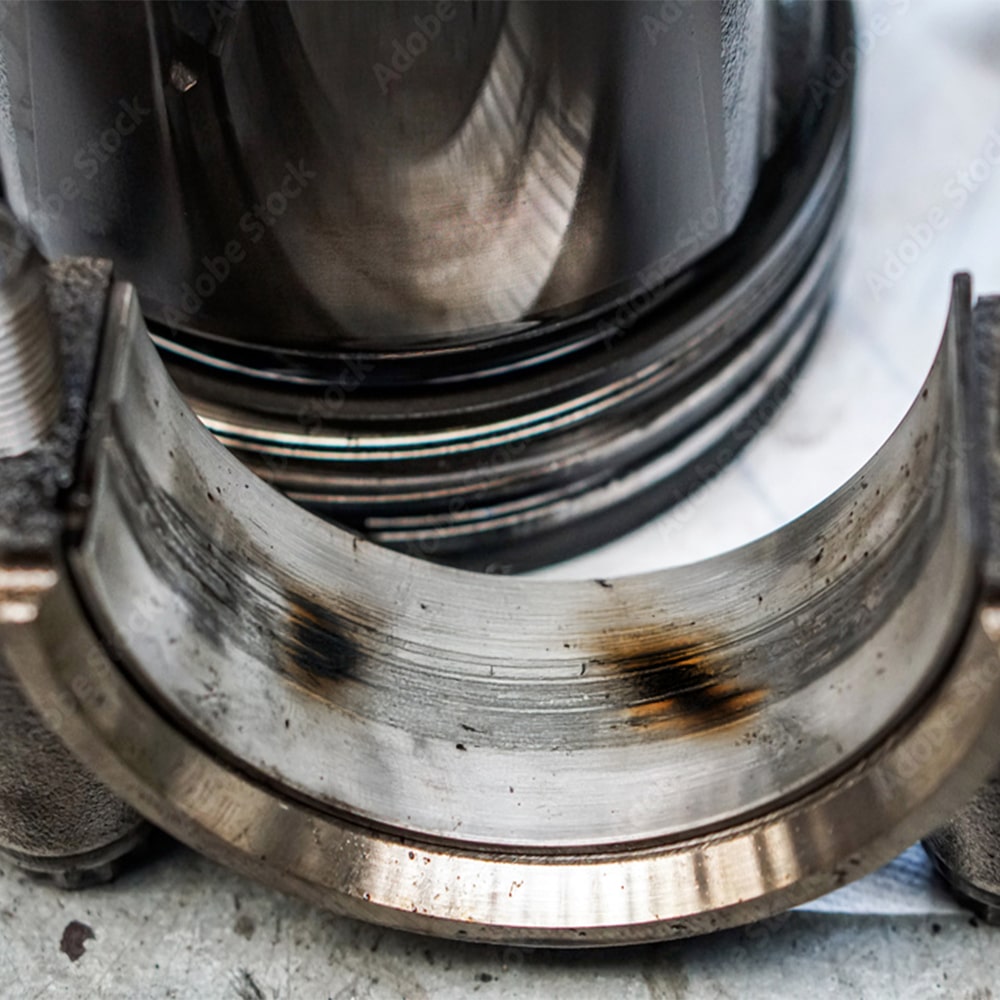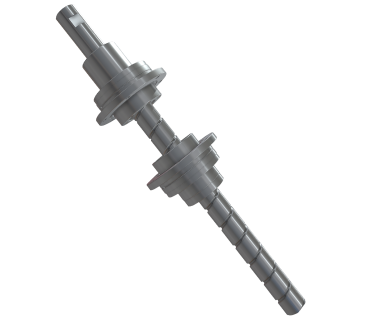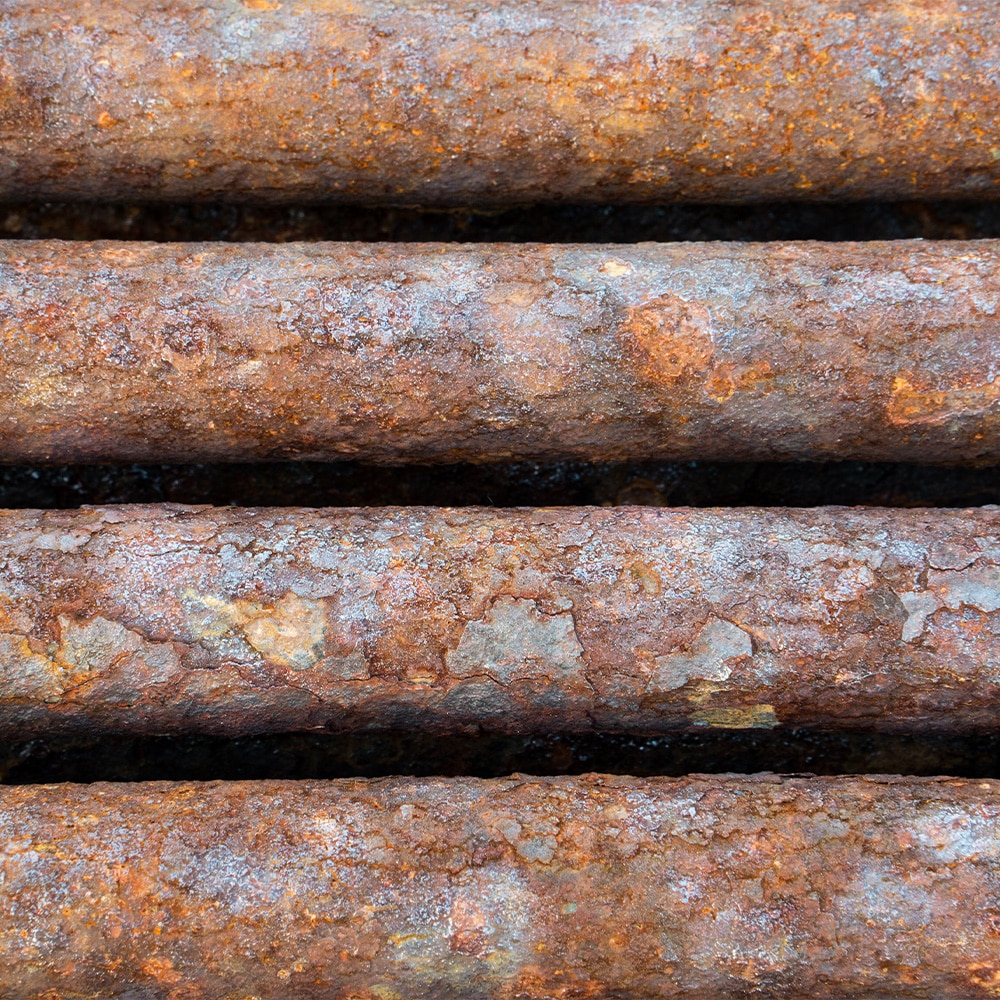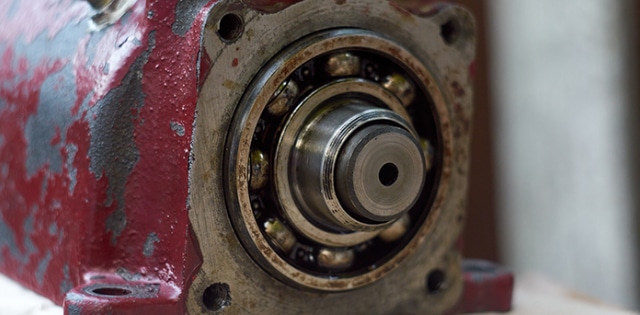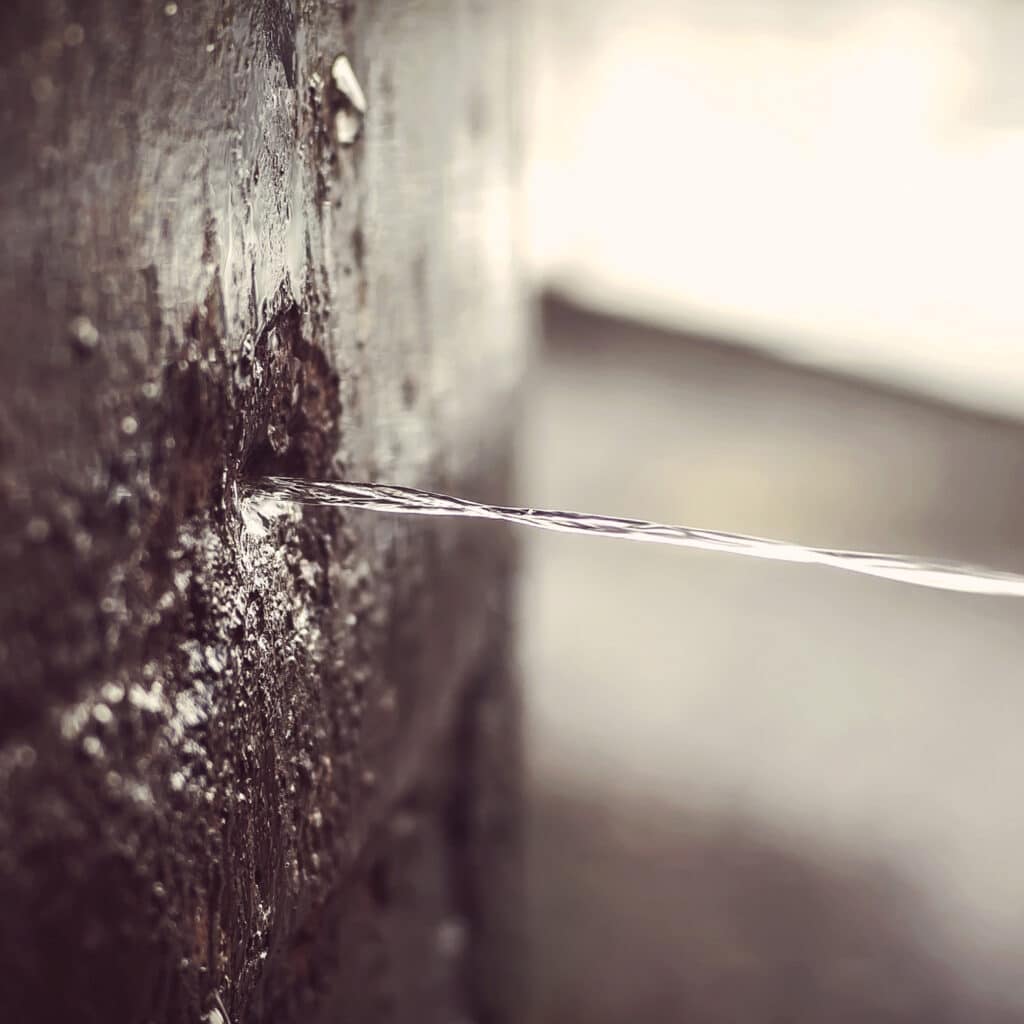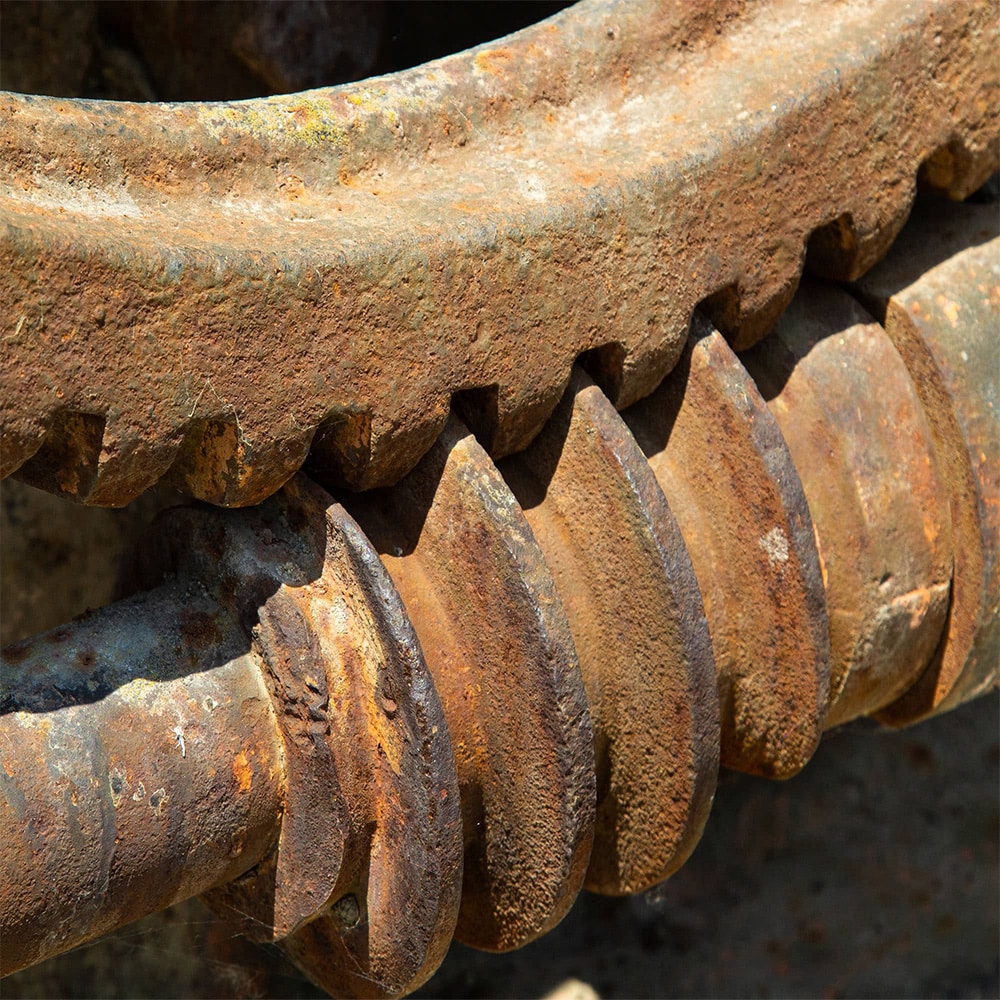An example of fretting can be observed in the connection between an aircraft’s wing and fuselage. In this application, slight oscillatory movements occur between the mating surfaces due to aerodynamic forces during flight. This micro-motion leads to repeated contact and friction, causing the removal of material from the surfaces in contact. The resulting damage, known as fretting wear, manifests as pitting, grooving, and the formation of oxide debris, which can weaken the structural integrity of the connection.
Preventive Measures:
- Use of Lubricants: Applying appropriate lubricants to reduce friction and wear.
- Surface Treatments: Employing surface coatings or treatments to increase hardness and resistance to fretting.
- Design Modifications: Improving joint design to minimize relative motion and increase contact stability.
